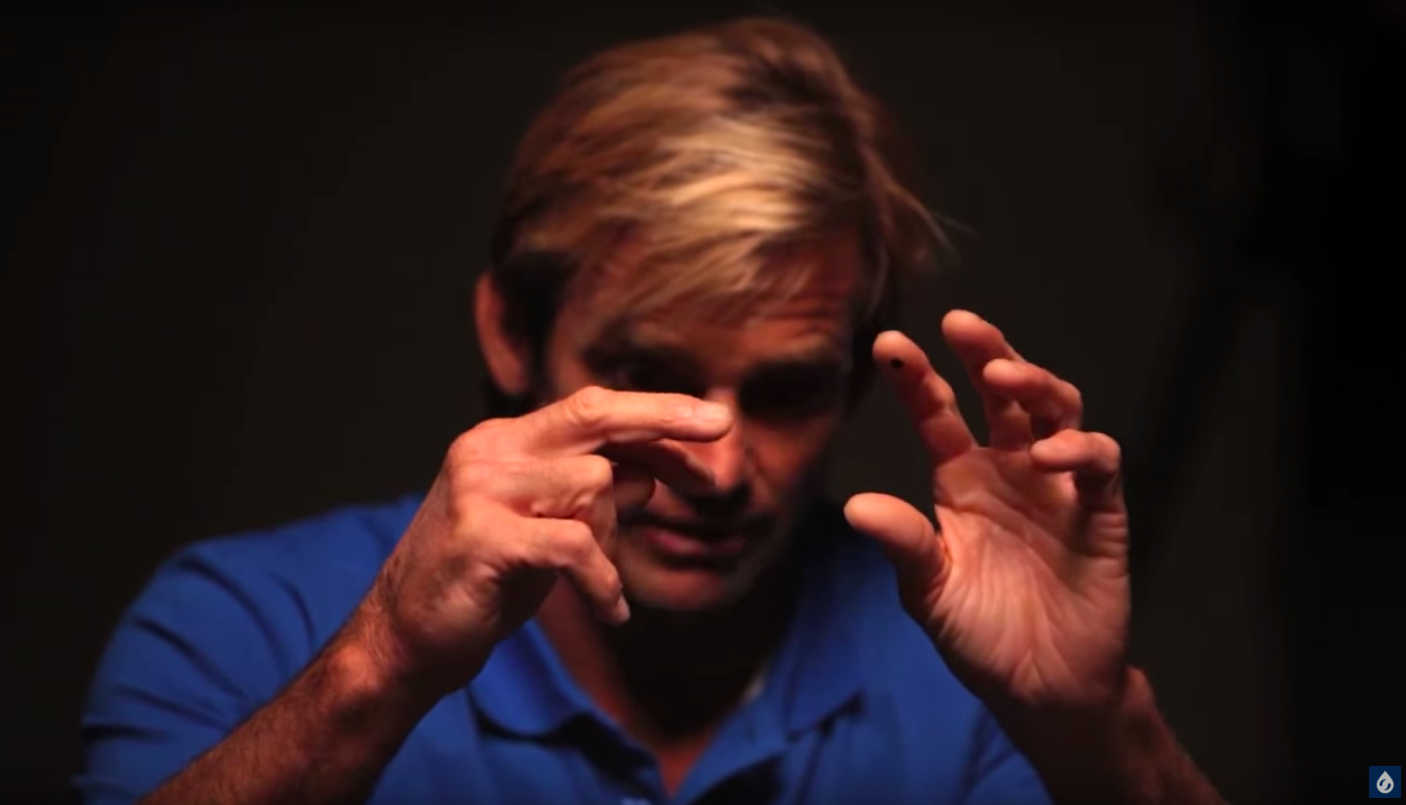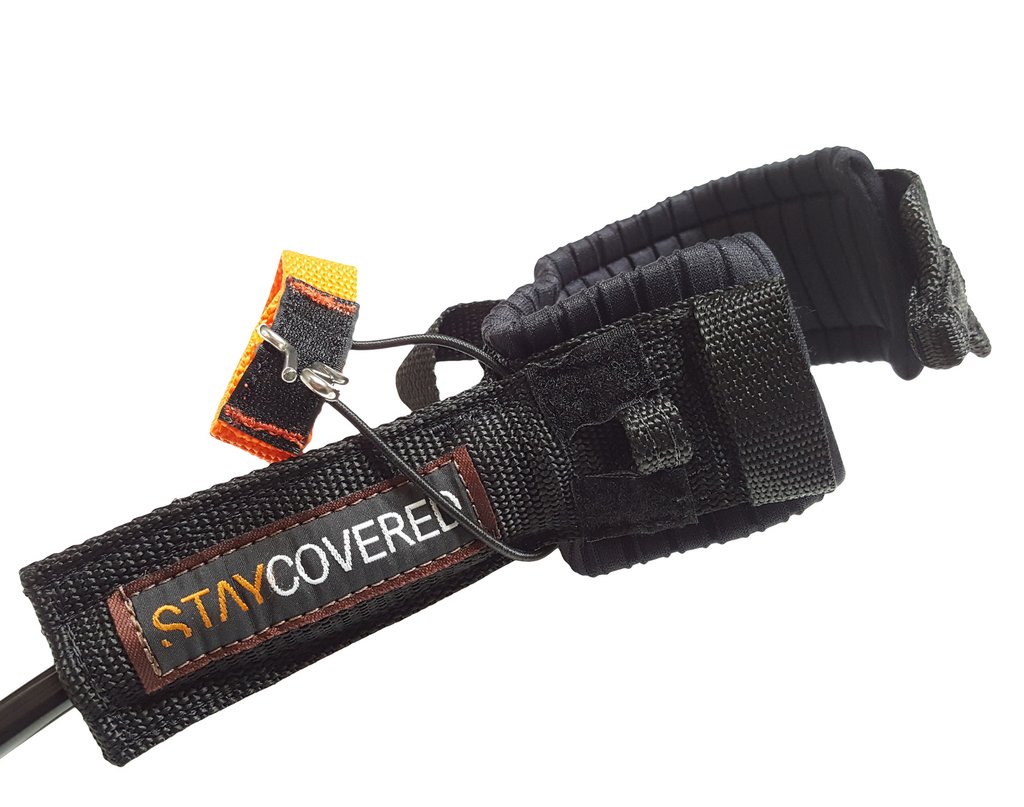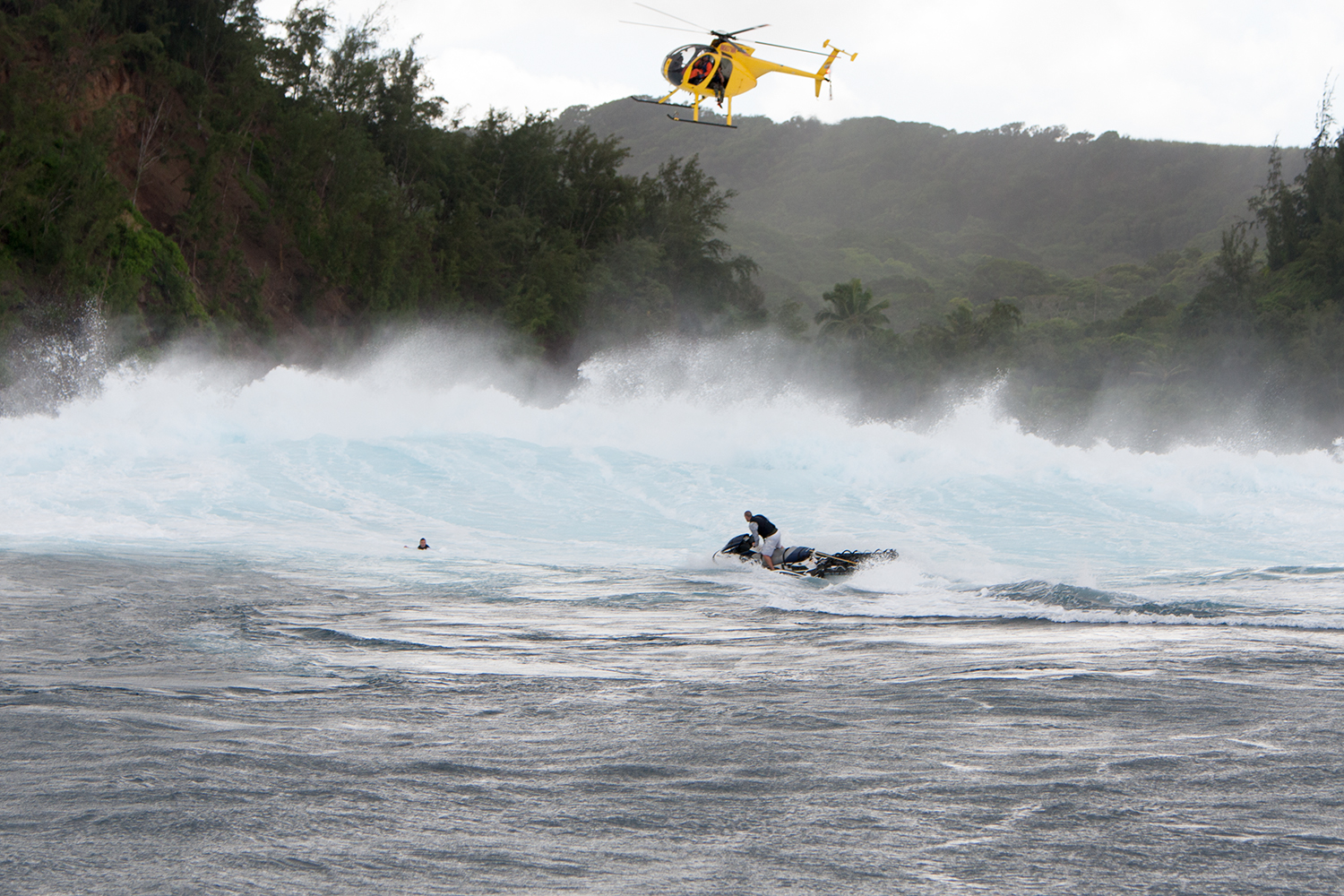How to: let the board tow you - Laird Hamilton
Laird Hamilton explains how he lets the board tow him underwater, away from the impact zone, and back up to the surface. This technique was found deeply buried in the uncut version of the Big Wave Round Table Discussion, produced by Surfline in 2012. (Skip to 39 minutes, 24 seconds)
Laird Hamilton mentioned this tips in the uncut version of the Big Wave Round Table Discussion as produced by Surfline.
Laird explains how during the early days of surfing Jaws’, he kept breaking his leash. So to avoid that, he would wrap his feet around the leash, put his arms above his head, and let the board tow him underwater, escaping the impact zone.
“You'll be like a bullet sometimes. It will shoot you, and it might take you 100 yards underwater, but when you pop up, the board is right there.” - Laird Hamilton
Here’s why it works:
Get you out of the impact zone. Being dragged out of the impact zone reduces the risk of a two-wave hold down or taking the next wave in the face as you surface for air.
Saves energy and helps you relax. The more you rest during a wipe-out, the less oxygen you burn, the longer you’ll last. Being physically relaxed makes it easier to relax mentally and go to your “Happy Place” while you’re being held down.
Gets you closer to the surface. With your legs extended and your arms above your head, you’ll be more streamlined. If you allow your body to follow the pull from your board, the buoyancy of the gun will ultimately drag you closer to the surface. It makes the distance to the surface shorter since you don’t have to swim/climb up the full length of your extended leash. The traditional “Roll-up-in-a-ball-and-protect-your-head-with-your-arms” works well to protect your limbs and skull, but it increases the chance of being pulled down and pushed deeper. Additionally, rolling up in a ball and grabbing your limbs, increases the muscle tension in your arms, legs, and face, burning through much-needed oxygen.
Something to realize:
Laird is talking about surfing big guns, heavy boards at deepwater big wave spots like Pe’ahi. Most big wave spots, like Jaws, are far from shore in deep water with plenty of distance from the beach.
For obvious reasons, this technique isn’t a smart choice when you’re being dragged close to rocks/cliffs or other obstacles.
It doesn’t work with lighter shortboards, as they tend to flutter underwater. They don’t have the same pull as heavy 10 ft+ big wave guns.
It’s debatable if this technique is a smart choice on super shallow, slab-like spots.
Laird’s Products
About Laird Hamilton
Laird Hamilton website
Laird Hamilton on Wikipedia
Laird Hamilton on the Encyclopedia Of Surfing
Laird Hamilton on the International Movie Data Base
Laird Hamilton is one of the few surfers who has made a successful career outside of competitive surfing. He has built a personal brand that appeals to a broader audience. In this GolfBoard video, he explains how all of his companies contribute to his mission, to his bigger goal: making the world a better place by stimulating people to have fun and live healthily.
Some of Laird’s partnerships:
Train Like Laird
Laird Hamilton and his wife Gabby Reese have been sharing fitness videos for years under the “Gabby and Laird” brand, some of which are still on YouTube.
A couple of years ago, Laird and Gabby created a new fitness brand: XPT, Extreme Performance Training™ offering multiple day training weekends, workshops and even instructor certifications.
The real deal is pretty pricey, but there are different, cheaper ways to get access:
$$$ - The Big Bucks
Their prime product is called “The Experience” which gets you into a small group setting for three days and face to face with Laird and Gabby.
If you can fork over the $5500, you will probably experience the most intense workout you’ve ever had. It includes lodging, food, transportation, and is held in some smashing locations.
$$ - The Day Tripper
A budget-friendlier option would be to attend one of the workshops starting at $150, but these are done by XPT’s certified trainers, and not Gabby and Laird.
$ - The Couch Surfer
The Low Budget Free Trial Trick…
Combine free trials of Prime + Outdoor TV to watch XPT Experience
Your best low-budget workaround is to combine your Amazon Prime account with an Outdoor TV account (7 days free) to access the 20-minute video’s (6 in total) that will take you through the $5500 work-out weekend from your couch. Not the real deal of course, but a great way to get a sense of the experience.
Mahalo
Try Surfline Premium
Ad-free webcams, longer forecast and webcam rewind and downloads.









